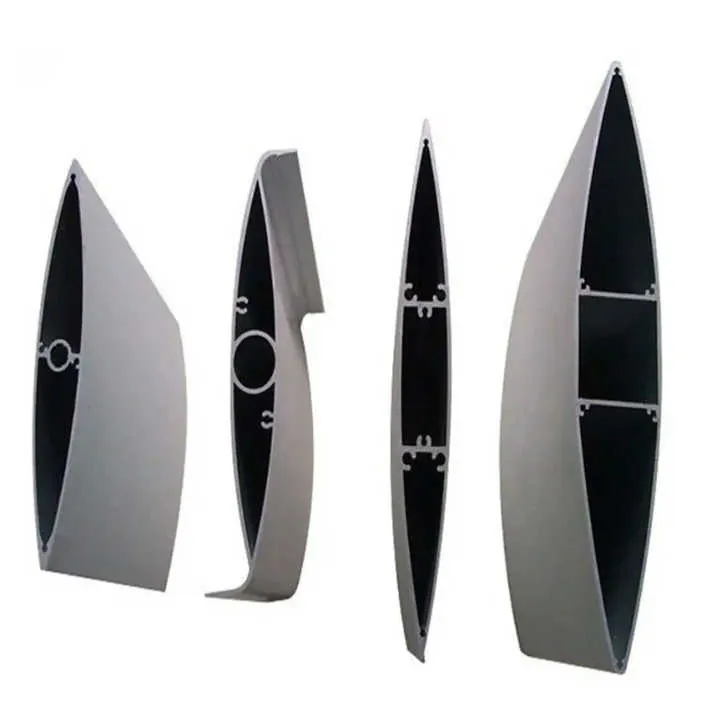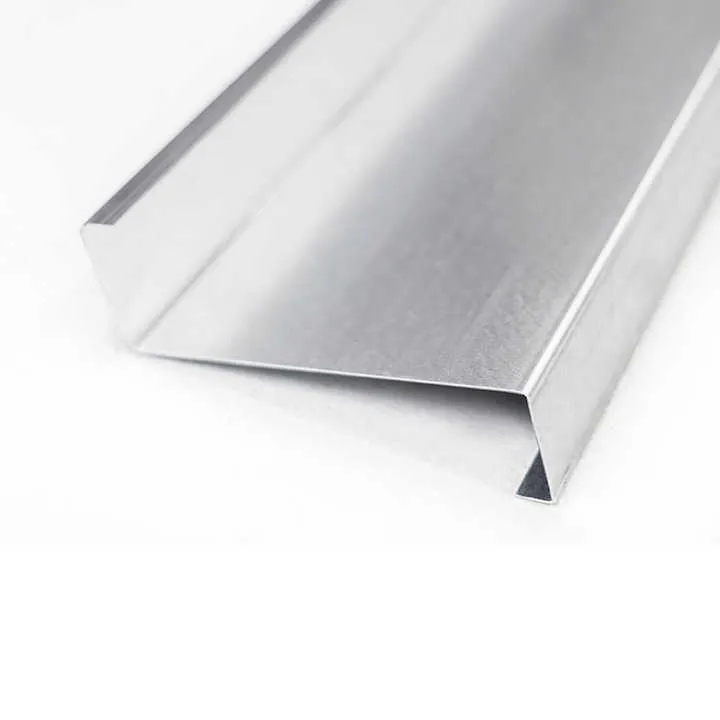Mitä sinun on tiedettävä portaiden reunalistoista?

I often worry about slips and trips on stairs. I have seen worn edges. I thought they were safe, but they hid risk. Stair nosing changed that for me. It adds grip, protects stairs, and looks neat.
Stair nosing is the part that covers and protects the edge of each stair tread. It improves safety by reducing slips, boosts durability by reducing wear, and gives stairs a clear, finished look.
I want to help you understand stair nosing easily. I will explain why it matters, how to measure for it, what materials work best, and how to install it. Stay with me, and your stairs will feel safer and look better.
Why is stair nosing important for safety and durability?

Stair nosing matters more than I first thought. I’ve walked up old stairs that looked fine, but one edge was worn smooth. I slipped slightly. I saw how risky it was. Nosing gives a clear edge and grip. It helps prevent slips, especially with wet shoes or socks.
It also protects the stair material. Flooring edges wear faster. Nosing covers and carries the weight of footsteps. It stops the edge from chipping or breaking. My stairs felt stronger with nosing. It also tells you where the edge is. In low light, it catches the eye and stops falls.
Nosing makes stairs last longer and stay safe. It works for wood, tile, or concrete stairs. It takes the impact that would go to the stair front. That saves repair time and money.
| Hyöty | Miksi sillä on merkitystä |
|---|---|
| Slip resistance | Textured or visible edge helps prevent falls |
| Edge visibility | Makes stair edge clear, reduces missteps |
| Kestävyys | Protects stair front from wear and damage |
| Reduced maintenance | Extends life of stairs, reduces repair needs |
Stair nosing helps prevent slips and trips by improving grip.Totta
It often has grip texture or contrasting color to make edges safer.
Stair nosing is only decorative and not important for safety.False
It serves an important safety function by improving grip, visibility, and protecting stairs.
How do you measure for the correct stair nosing size?

It is easy to choose the wrong nosing size if you rush. I once bought narrow nosing, and steps still broke. So now I always measure. I start by measuring the stair tread depth—the horizontal part. That tells me how much overhang I need.
Then I measure tread thickness. It helps find the right lip nosing that covers the front edge. I also measure the riser height and stair angle to pick nosing that fits well.
Look at the nose return—the part that curves under the tread. Make sure tread overhang matches or you’ll see gaps. Also, note nosing width; wider nosing gives safe footing. My rule: at least 1 inch beyond both front and side edges if possible.
Measuring steps clearly:
- Measure tread depth (horizontal top)
- Measure tread thickness (top to bottom)
- Measure riser height (front vertical)
- Decide overhang/front lip style
- Add 1 inch extra width when possible
- Match nose return to stair overhang
| Mittaus | How to measure |
|---|---|
| Tread depth | Use tape from front to back of stair surface |
| Tread thickness | Measure top to bottom thickness of stair material |
| Riser height | Measure vertical face of one stair step |
| Overhang style | Note how much tread sticks out over riser |
| Width allowance | Add extra width for safety and comfort |
You need both tread depth and thickness to pick the correct nosing.Totta
Depth determines coverage; thickness ensures proper lip and fit.
Only the width of the stair matters when measuring for nosing.False
You also need thickness, depth, and riser height to ensure proper coverage and fit.
What materials are best for stair nosing?

I have seen nosing in different materials. Each one fits different needs. Aluminum works for high-traffic areas—it is tough, corrosion-resistant, and often has grip inserts. It fits modern and industrial looks.
Rubber nosing is softer. It absorbs shock, good for homes with kids or hospitals. It resists stains and noise. Vinyl is cheaper, easy to cut, but wears faster. Wood matches wooden stairs but needs finishing and can wear with moisture.
Stone or marble nosing matches stone stairs and looks elegant. It is strong but expensive. It can be slippery if polished. I once chose aluminum nosing with tread grip strips. My stairs look sharp and feel sturdy.
| Materiaali | Plussaa | Miinukset |
|---|---|---|
| Alumiini | Durable, corrosion-resistant, good grip | Metal look may not suit all decor |
| Kumi | Shock-absorbing, quiet, slip-resistant | Less stylish, less durable long-term |
| Vinyyli | Affordable, easy to cut and install | Wears faster, less premium |
| Puu | Matches wooden stairs, warm appearance | Needs maintenance, can chip |
| Stone/Marble | Elegant, strong, premium | Expensive, can be slippery |
Aluminum stair nosing is durable and good for high-traffic areas.Totta
It resists wear and provides grip; it also lasts long.
Vinyl nosing is the most durable material for stairs.False
Vinyl is less durable and wears faster than metal or stone.
How to install stair nosing step-by-step?

I felt a bit uneasy installing nosing on my own stairs. But step by step, it was fine. Here is what I did:
First, clean stair tread and riser with mild cleaner; no dust or oil. Then dry fit nosing along the tread edge to check fit. Mark the cut line if you need end caps or corners.
Cut nosing to length using hacksaw or metal-appropriate saw. Deburr edges with file. For aluminum, I drilled holes along the nosing base for screws or fasteners.
Apply construction adhesive on tread, or use fasteners. I used both. I glued, then drilled and screwed into tread. Make sure screws go into solid wood or structure. Place screws at pre-drilled marks. Wipe excess adhesive before it dries.
Check alignment. Use level to ensure nosing is even. Tap gently with rubber mallet if needed. Let adhesive cure as per instructions (usually 24?hrs). After cure, check grip tape if present—press firmly.
If nosing has overhang, confirm it aligns flush with nosing on adjacent steps. Clean installation area. Fill screw holes with matching filler if needed.
Simple installation summary:
- Clean stairs well
- Dry-fit nosing, mark cuts
- Cut to length; file edges smooth
- Drill holes if screws are used
- Apply adhesive and/or fasteners
- Install nosing, align and level
- Wipe excess adhesive
- Let adhesive cure (approx. 24?hrs)
- Apply grip tape or finish touches
- Check uniform look across steps
| Vaihe | What to do |
|---|---|
| 1 | Clean stairs with mild cleaner |
| 2 | Dry-fit nosing and mark for trimming |
| 3 | Cut nosing to fit and smooth edges |
| 4 | Drill holes for screws if required |
| 5 | Apply adhesive (and screws for extra hold) |
| 6 | Align with level; gently tap if needed |
| 7 | Clean excess adhesive immediately |
| 8 | Let adhesive cure fully (follow timing guidelines) |
| 9 | Add grip tape or final finishing detail |
| 10 | Inspect and ensure consistency across all steps |
Using both adhesive and screws gives the strongest stair nosing install.Totta
Adhesive holds it permanently while screws add mechanical strength.
It is okay to skip adhesive if you use screws.False
Adhesive helps reduce movement and squeaks; screws alone may loosen over time.
Päätelmä
Stair nosing keeps stairs safer, clearer, and stronger. I guided you through why it matters, how to measure, top materials, and step-by-step installation. Follow easy steps, choose right materials, and your stairs will stay solid and safe for years.



